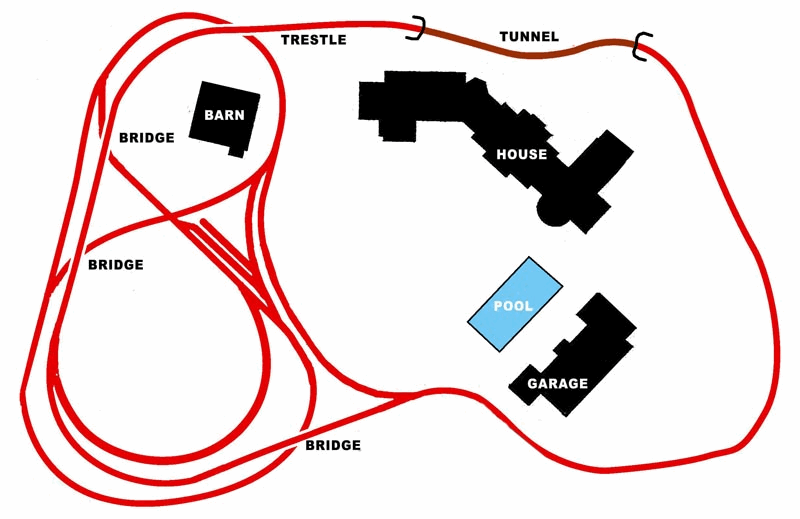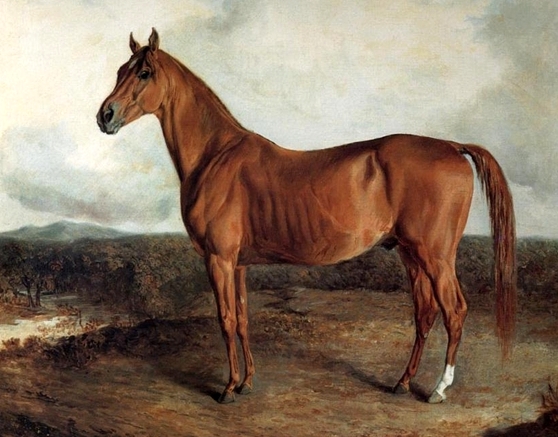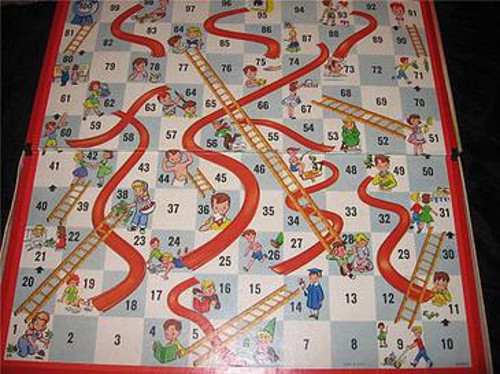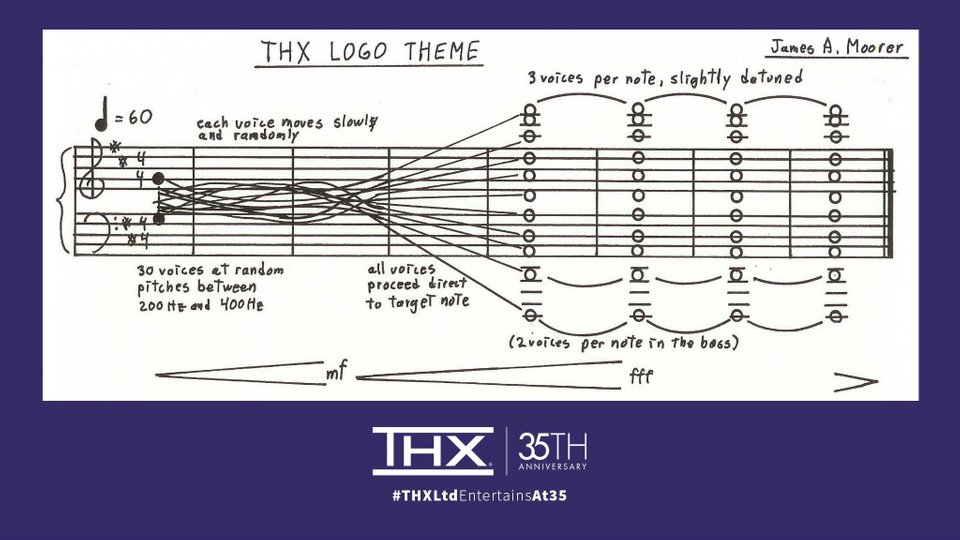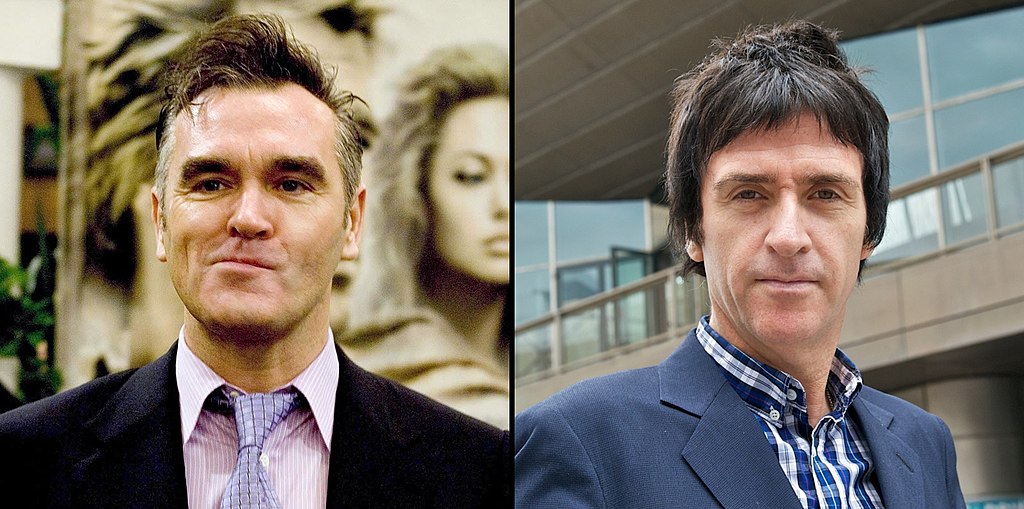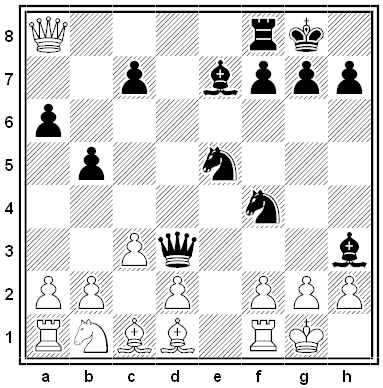William Wellman vowed that his 1927 dogfight movie Wings would contain no stock footage or studio fakery. But after assembling his own planes and film crew, he kept them resolutely on the ground for weeks. When Paramount asked what was missing, he gave them a bewildering answer: clouds.
“Motion on the screen is a relative thing,” he said. “A horse runs on the ground or leaps over fences or streams. We know he is going rapidly because of his relation to the immobile ground.” But a plane alone in the sky may produce no sense of motion at all unless there are clouds around it — and the skies above Wellman’s San Antonio shooting location remained stubbornly clear.
Producer Jesse Lasky later wrote, “There were days on end of perfect sunshine, and our $200-a-week director wouldn’t turn a camera, while overhead mounted at thousands of dollars a day. I confess that we were about ready to yank him off the picture and replace him with someone who would be more amenable.”
In the end they were glad they waited — when the clouds arrived, Wellman’s cameramen took off, and Wings won the first Academy Award for Best Picture.

